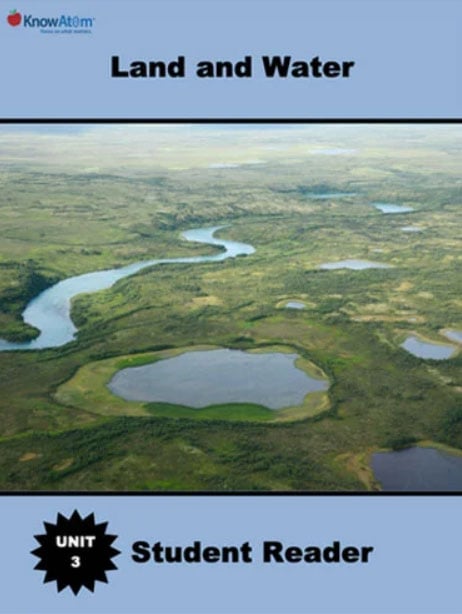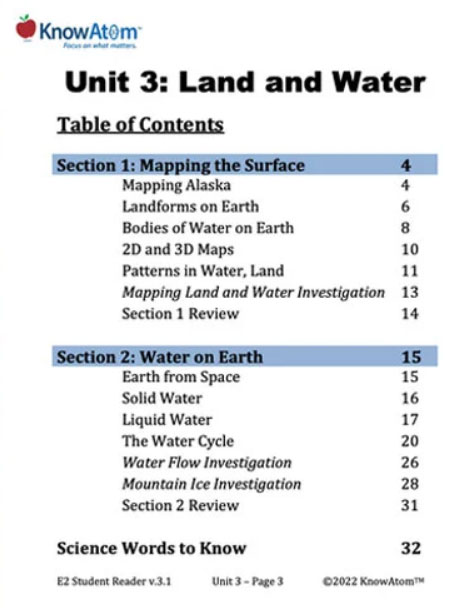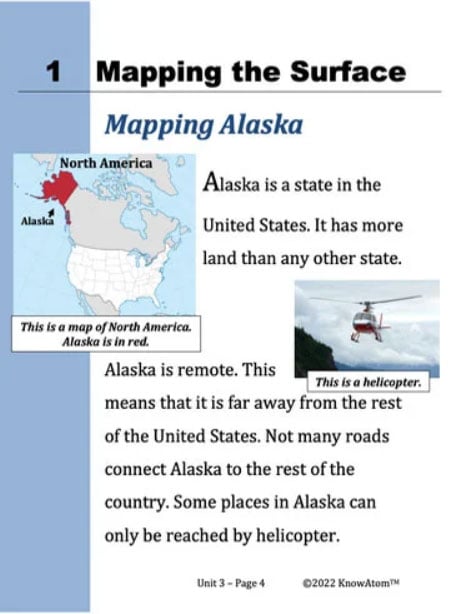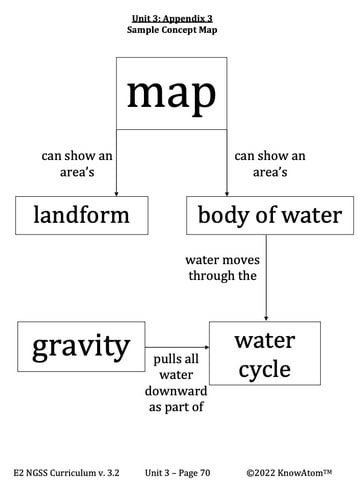Solid Water
Ice and snow are both made of water. They are solid forms. Remember that one property of matter is whether it is a solid, a liquid, or a gas. Solids have their own shape. They keep this shape until something changes them by force.
Liquid Water
Oceans, rivers, and lakes are liquid water. Rain is also liquid water. Liquids have no shape of their own. They take the shape of their container. They also flow.
When it rains, liquid water falls from the sky to the ground. It is pulled down by gravity. Gravity is a force that pulls things toward each other. Earth’s gravity pulls all things down toward Earth’s center. Think about throwing a ball in the air. It always falls back to the ground because of gravity.
When rain falls to the ground, some of the water soaks into the ground. The rest of it begins to flow downhill over the land. This means it moves from high places to low places. Gravity pulls liquid water downhill. This is how rivers and streams form.










